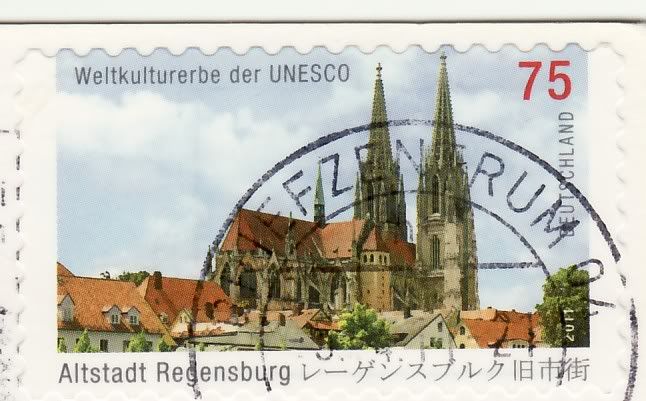Lehnin Abbey Ruins (1858) by Eduard Gaertner (1801 - 1877).
Eduard Gaertner was German Romantic painter, architect and printmaker (also Johann Philipp Eduard Gaertner). He was known by documenting Berlin in his paintings, carefully depicting the architectural and technological wonders of the time.
The years between the defeat of Napoleon in 1815 and the revolutions of 1848, known as the Biedermeier era, were a time of relative peace, prosperity, and innovation in German-speaking Europe. The art of the period came to be characterized by what a critic of the day called "rigorous simplicity."
Berlin was expanding rapidly, growing to fulfill its role as a major European capital. Imposing new public buildings by Schinkel and his disciples were being constructed. Painters like Eduard Gaertner and Johann Erdmann Hummel chose Berlin as their subject.
In Gaertner's paintings, emphasis was given to the objective recording of natural phenomena, and he sought to achieve an enamel-like finish that masked individual brushstrokes. We see how landscape and portraiture grew in importance while history painting declined.
Gaertner was carefully depicting the architectural and technological wonders, like the huge granite bowl that adorned the center of the city. They also turned his attention to the magnificent boulevards, as in his view of Schinkel's Neue Wache (New Guardhouse), whose Doric portico faces Unter den Linden, the city's most elegant promenade and parade ground.
Lehnin Abbey is a former Cistercian monastery in Lehnin in Brandenburg, Germany.The abbey was founded in 1180 with the support of Otto I, Margrave of Brandenburg as a daughter house of Sittichenbach Abbey. In its turn it founded four daughter houses: the abbeys of Paradiz (1236), Mariensee (1258), Chorin (1260) and Himmelpfort (1299).
It was an important contributor to the land development of the Margraviate of Brandenburg. It was dissolved in 1542 during the Reformation.
Lehnin Abbey remains significant for its architecture, as one of the finest brick Gothic structures in Germany. The ruins were extremely well restored in the 1870s.


I like this placatory scene. there is so calm life.
ReplyDelete